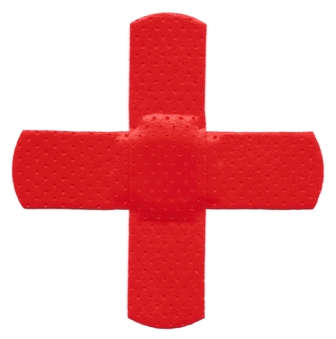First Aiders in the Work Place
Running a business in the UK means having strict risk-assessments, safety controls, as well as specialist training of the workforce. However, this will not help everyone to avoid accidents, and this means that it is just as important to provide someone who can respond in cases of injury. The workplace is always likely to contain dangers, even after a risk assessment, and it is essential that businesses supply someone who can provide the right kind of assistance in these circumstances.
The First Aid regulation act of 1981 means that employers are expected to provide the capacity to treat people in their environment, including facilities, equipment and first aid personnel to treat anyone who needs it. This might even involve employees who become ill at work through no fault of the business. Treating all employees quickly and effectively is likely to help businesses retain workers and keep a good reputation.
Recent amendments to this act have meant that there is no longer any need for qualified personal to be employed as a first aider, but this does not mean that it is not still important to have this kind of employer
Selecting a First Aider
The type of first aider employed by most companies is the traditionally qualified and trained person, usually already an employee of the company. The first aider will treat minor injuries or ailments, but more serious accidents will have to be treated in a hospital or clinic. The person chosen as first aider usually already has experience in helping people with injuries, or they may have expressed an interest in this. Alternatively, employers can look for people who are already reliable and who have good social skills.
The Number of First Aiders
The number of first aiders that a business should have will be based upon the amount of risk, number of employees and the number of members of the public. The different levels of risk will require different standards of first-aid supply, and this includes increasing the numbers of first aiders available as the risk increases.
Low risk places such as shops, restaurants and offices can manage with a single first aider for large numbers of staff, but high-risk locations such as those involved with heavy machinery must have a larger number of first aiders for even small numbers of staff.
Low risk (shops or offices)
- Fewer than 100 employees/members of the public: one first aider
- More than 100 employees/public: One first aider plus an additional one for every 100 people
Medium risk (warehouses, factories, light engineering)
- Fewer than 20: one first aider
- Fewer than 100: one first aider per 50 people
- Over 100: one first aider plus additional first aiders for every 100 people
High risk (chemical factories, building sites, heavy engineering and machinery)
Fewer than 10: one first aider
Fewer than 50: one first aider
Over 50: one first aider for every 50 people
These guidelines are there to help employers decide what number of first aiders are necessary in their workplace, but some employers in dangerous environments might feel that they need to employ more first aiders in order to protect themselves against prosecution after employee injury.
Jill Henderson is a representative for Health and Safety Signs which provide an extensive range of health and safety signs, first aid kits, personal protective equipment and work wear.
Jill Henderson is a representative for Health and Safety Signs which provide an extensive range of health and safety signs, first aid kits, personal protective equipment and work wear.
